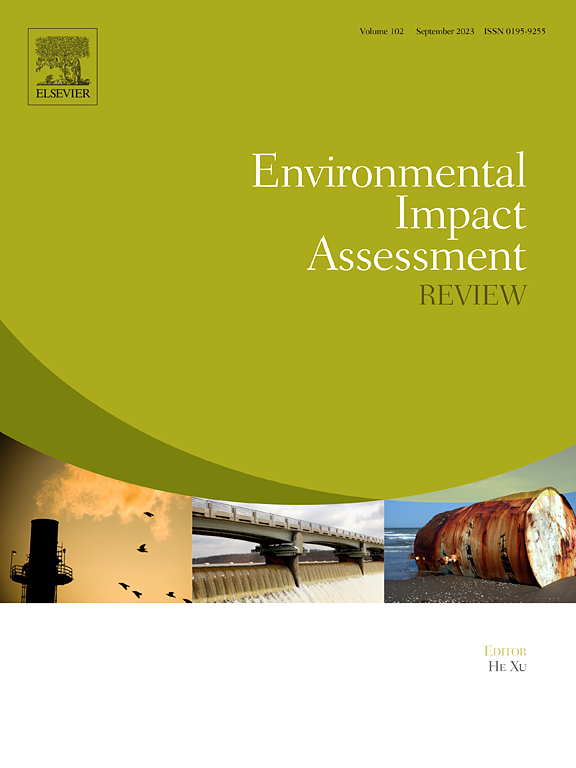补贴还是奖惩?政府政策对装配式建筑供应链环境责任决策的影响
IF 11.2
1区 社会学
Q1 ENVIRONMENTAL STUDIES
引用次数: 0
摘要
装配式建筑已经将环境责任从现场施工转移到非现场工厂,供应链上下游企业都必须承担这些责任。环境政策是激励企业环境责任行为的关键工具,但在补贴和惩罚之间的选择仍然是一个重要问题。本研究评估了补贴和奖惩机制对装配式建筑供应链(PCSC)内环境责任实施的影响。基于Stackelberg博弈,建立了包括政府、承包商和供应商在内的三级供应链模型。本文分析了两种机制下的最优决策,并比较了两种机制下的环境结果。结果表明,在这两种机制下,承包商和供应商承担相同的责任。补贴机制鼓励两家企业通过采用ER产生额外利润,但产生的环境效益低于奖惩机制。奖惩机制表现出优越的环境绩效,但由于合规成本超过政府激励,造成了系统性的利润损失。引入适应性政策框架,优先考虑环境关键地区的奖惩机制和经济脆弱地区的补贴机制。这种双重方法为在模块化建筑治理中平衡生态和经济目标提供了可行的指导。本文章由计算机程序翻译,如有差异,请以英文原文为准。
Subsidy or reward-penalty? The effects of government policies on environmental responsibility decisions in the prefabricated construction supply chain
Prefabricated construction has shifted environmental responsibilities (ERs) from on-site construction to off-site factories, necessitating both upstream and downstream enterprises in the supply chain assume these responsibilities. Environmental policies are key tools for incentivizing ER behavior in enterprises, but the choice between subsidies and penalties remains an important issue. This study evaluates the impact of subsidy and reward-penalty mechanisms on ER implementation within prefabricated construction supply chains (PCSC). A three-level supply chain model is developed based on the Stackelberg game, involving the government, contractor, and supplier. The paper analyzes optimal decision-making under both mechanisms and compares their environmental outcomes. The result indicates that, under both mechanisms, the contractor and supplier assume the same ERs. The subsidy mechanism encourages both enterprises to generate additional profits through ER adoption, but yield less environmental benefits than the reward-penalty mechanism. Reward-penalty mechanisms demonstrate superior environmental performance yet impose systemic profit loss, as compliance costs exceed governmental incentives. An adaptive policy framework is introduced, prioritizing reward-penalty mechanism for environmentally critical regions and subsidy mechanism for economically vulnerable areas. This dual approach offers actionable guidance for balancing ecological and economic objectives in modular construction governance.
求助全文
通过发布文献求助,成功后即可免费获取论文全文。
去求助
来源期刊

Environmental Impact Assessment Review
ENVIRONMENTAL STUDIES-
CiteScore
12.60
自引率
10.10%
发文量
200
审稿时长
33 days
期刊介绍:
Environmental Impact Assessment Review is an interdisciplinary journal that serves a global audience of practitioners, policymakers, and academics involved in assessing the environmental impact of policies, projects, processes, and products. The journal focuses on innovative theory and practice in environmental impact assessment (EIA). Papers are expected to present innovative ideas, be topical, and coherent. The journal emphasizes concepts, methods, techniques, approaches, and systems related to EIA theory and practice.
 求助内容:
求助内容: 应助结果提醒方式:
应助结果提醒方式:


